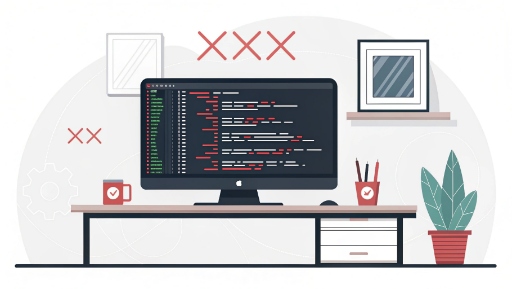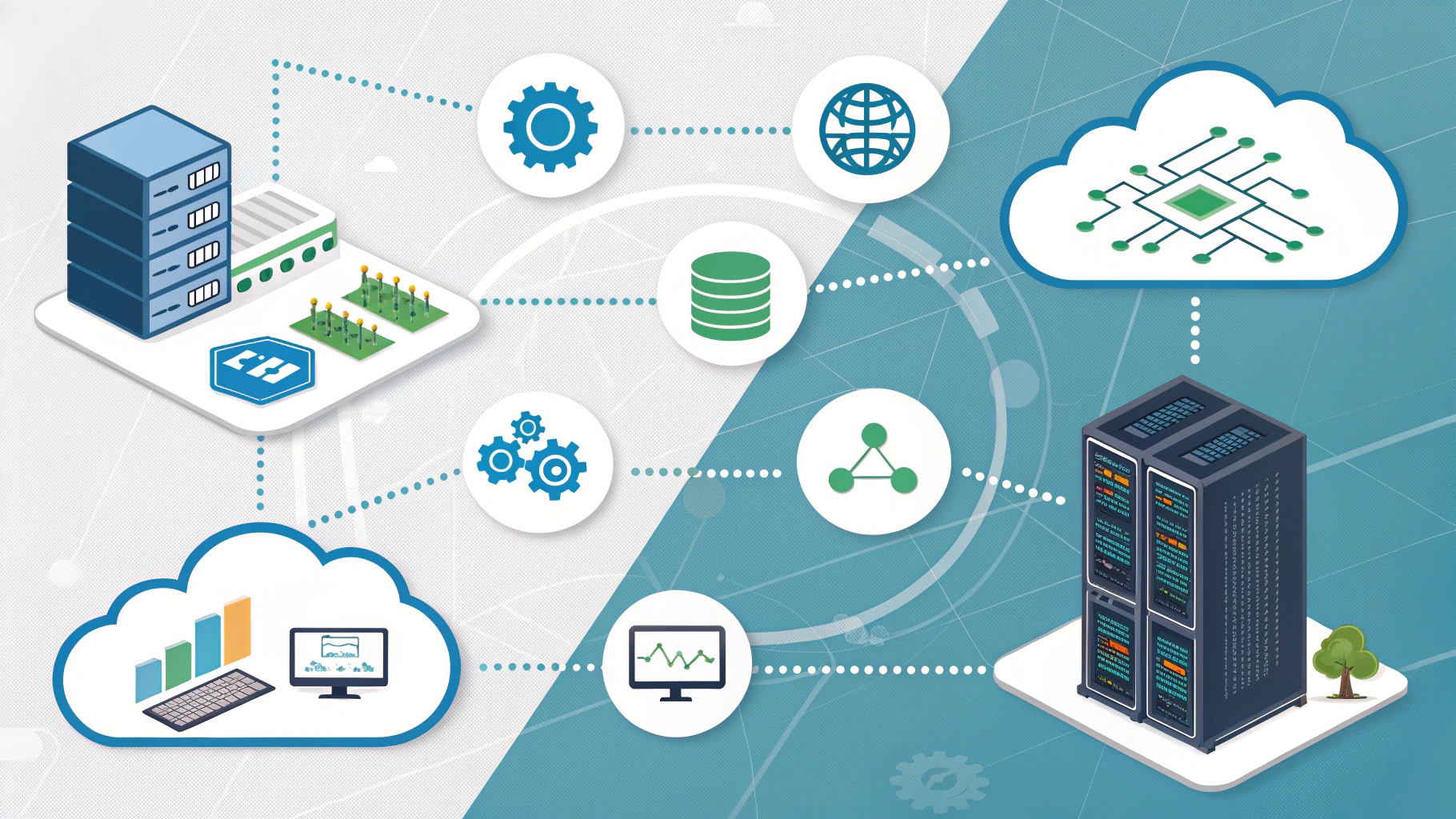
Summary:
Agile methodology is an iterative approach to project management that emphasizes flexibility, collaboration, and incremental delivery of value. Unlike traditional methods, Agile breaks projects into small iterations, incorporates continuous feedback, and adapts to changes quickly. Popular frameworks like Scrum (structured sprints) and Kanban (continuous flow) help teams implement Agile principles, improving efficiency, quality, and customer satisfaction across various industries.
Introduction: The Agile Revolution in Project Management
In today’s fast-paced digital landscape, traditional project management approaches often struggle to keep up with rapidly changing requirements. This is where Agile methodology has emerged as a game-changer, particularly in software development but increasingly across all industries.
Agile represents more than just a methodology – it’s a fundamental shift in how teams approach work. Unlike the rigid, linear Waterfall model, Agile embraces change, values collaboration, and delivers value incrementally. But what exactly makes Agile so powerful, and how does it work in practice?
This comprehensive Agile methodology guide will take you through:
- The philosophy and history behind Agile
- Core Agile principles and values
- Benefits and potential challenges
- Detailed comparison of Scrum vs Kanban
- Other popular Agile frameworks
- Step-by-step implementation guide
- Real-world case studies
- Tools and metrics for Agile success
Chapter 1: Understanding Agile Methodology
1.1 What Is Agile Methodology?
Agile methodology is an iterative approach to project management and product development that emphasizes:
- Continuous delivery of working products
- Cross-functional collaboration
- Rapid response to change
- Customer feedback integration
The Agile approach breaks projects into small, manageable units called iterations or sprints, typically lasting 1-4 weeks. After each iteration, teams evaluate results and adjust accordingly.
1.2 The History of Agile
The Agile movement officially began in 2001 when 17 software developers met in Snowbird, Utah, and created the Agile Manifesto. This group included thought leaders like Kent Beck (creator of Extreme Programming) and Jeff Sutherland (co-creator of Scrum).
Key milestones:
- 1990s: Early Agile methods emerge (Scrum, XP, DSDM)
- 2001: Agile Manifesto published
- 2000s-2010s: Rapid adoption in software
- Present: Expansion beyond IT to marketing, HR, and other fields
1.3 The Agile Mindset vs. Agile Methodology
It’s crucial to distinguish between:
- Agile Mindset: The philosophy and values
- Agile Methodology: The practical implementation
- Agile Frameworks: Specific approaches (Scrum, Kanban, etc.)
Chapter 2: Core Agile Principles and Values
2.1 The Agile Manifesto’s Four Values
- Individuals and interactions over processes and tools
- Working software over comprehensive documentation
- Customer collaboration over contract negotiation
- Responding to change over following a plan
2.2 The 12 Agile Principles
These expand on the Manifesto’s values:
- Customer satisfaction through early delivery
- Welcome changing requirements
- Deliver working software frequently
- Business and developers must collaborate
- Build projects around motivated individuals
- Face-to-face conversation is best
- Working software is primary measure
- Sustainable development pace
- Continuous attention to excellence
- Simplicity is essential
- Self-organizing teams
- Regular reflection and adaptation
2.3 Agile vs. Traditional (Waterfall) Approach
| Factor | Agile | Waterfall |
| Flexibility | High (embraces change) | Low (fixed scope) |
| Delivery | Incremental | One final delivery |
| Customer Involvement | Continuous | Limited to phases |
| Documentation | Minimal, just enough | Extensive |
| Risk Management | Early detection | Late discovery |
Chapter 3: Agile Frameworks – Scrum vs Kanban Deep Dive
3.1 Scrum Framework
Best for: Projects with changing requirements needing structure
Key Components:
- Roles:
- Product Owner: Represents stakeholders
- Scrum Master: Facilitates the process
- Development Team: Cross-functional executors
- Artifacts:
- Product Backlog: Prioritized requirements
- Sprint Backlog: Committed work for current sprint
- Increment: Potentially shippable product
- Ceremonies:
- Sprint Planning: 2-4 hour meeting per sprint
- Daily Stand-up: 15-minute sync
- Sprint Review: Demo to stakeholders
- Sprint Retrospective: Process improvement
Pros: Clear structure, regular feedback, defined roles
Cons: Rigid timeboxes, overhead for small teams
3.2 Kanban Framework
Best for: Continuous flow work like support/maintenance
Key Components:
- Visual Board: Typically columns for “To Do,” “In Progress,” “Done”
- Work In Progress (WIP) Limits: Prevent overload
- Continuous Delivery: No fixed iterations
- Lead Time Metrics: Measure flow efficiency
Pros: Flexibility, visibility, gradual improvement
Cons: Less structure, potential for scope creep
3.3 Scrum vs Kanban: Detailed Comparison
| Aspect | Scrum | Kanban |
| Iterations | Fixed-length sprints | Continuous flow |
| Commitment | Sprint goal commitment | Pull-based system |
| Roles | Defined (SM, PO, Team) | No prescribed roles |
| Changes | Limited mid-sprint | Anytime |
| Metrics | Velocity, burndown | Lead time, cycle time |
| Board | Reset each sprint | Persistent |
Hybrid Approach: Many teams use “Scrumban” – Scrum structure with Kanban visualization
Chapter 4: Implementing Agile Methodology
4.1 Getting Started with Agile
- Assess Readiness: Is your organization culturally prepared?
- Start Small: Pilot with one team/project
- Train Teams: Formal Agile training
- Choose Tools: Jira, Trello, Azure DevOps
- Establish Metrics: Velocity, cycle time, customer satisfaction
4.2 Common Agile Pitfalls
- Zombie Agile: Going through motions without true adoption
- Lack of Leadership Support: Middle-management resistance
- Over-Engineering Processes: Losing Agile’s simplicity
- Ignoring Technical Debt: Sacrificing quality for speed
4.3 Scaling Agile
Popular frameworks:
- SAFe (Scaled Agile Framework)
- LeSS (Large Scale Scrum)
- Nexus
Conclusion: Embracing the Agile Future
Agile methodology has evolved from a software development approach to a business philosophy driving digital transformation. Whether you choose Scrum vs Kanban or another framework, the key is embracing Agile’s core values of collaboration, adaptability, and customer focus.
Next Steps:
- Conduct an Agile maturity assessment
- Start with a pilot project
- Invest in team training
- Continuously inspect and adapt
The journey to Agile transformation is ongoing, but the rewards – faster delivery, higher quality, and more satisfied customers – make it worthwhile. As the business landscape grows more complex, Agile principles provide the compass to navigate uncertainty and drive innovation.
FAQ:
1. What is Agile methodology?
Agile is a flexible project management approach that delivers work in small, iterative cycles. It prioritizes collaboration, customer feedback, and adaptability over rigid planning.
2. What’s the difference between Scrum and Kanban?
Scrum uses fixed-length sprints and defined roles, while Kanban focuses on continuous workflow with visual task boards. Scrum suits projects with changing requirements; Kanban works best for ongoing tasks.
3. Can Agile be used outside software development?
Yes, Agile is widely used in marketing, HR, manufacturing, and more. Any team that benefits from iterative improvements and adaptability can adopt Agile.
4. How do you measure Agile success?
Key metrics include velocity (work completed per sprint), cycle time (task duration), and customer satisfaction. Frequent releases and low defect rates also indicate success.
5. What are common Agile certifications?
Popular certifications include Certified ScrumMaster (CSM), PMI Agile Certified Practitioner (PMI-ACP), and SAFe Agilist. These validate expertise in Agile frameworks and practices.
6. What tools do Agile teams use?
Common tools are Jira (Scrum/Kanban boards), Trello (simple Kanban), and Azure DevOps. Physical boards with sticky notes also work for co-located teams.
7. How long does Agile transformation take?
Initial results appear in 3-6 months, but full cultural adoption may take 1-2 years. Success depends on leadership support and team commitment.
8. What’s the role of a Scrum Master?
A Scrum Master removes obstacles, ensures Agile processes are followed, and coaches the team—acting as a facilitator, not a manager.
9. Can Agile work with remote teams?
Yes, with tools like video stand-ups, digital Kanban boards, and clear communication protocols. Overlapping work hours enhance collaboration.
10. What are Agile’s core values?
The Agile Manifesto values individuals over processes, working solutions over documentation, customer collaboration over contracts, and responding to change over rigid plans.







